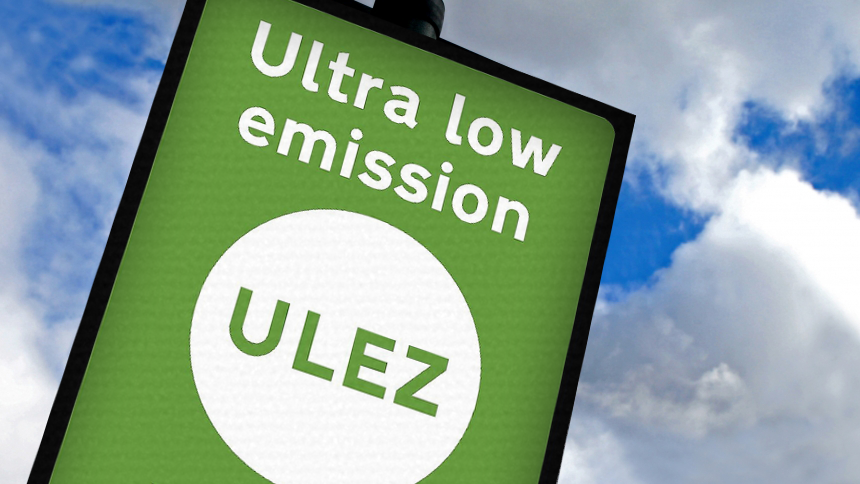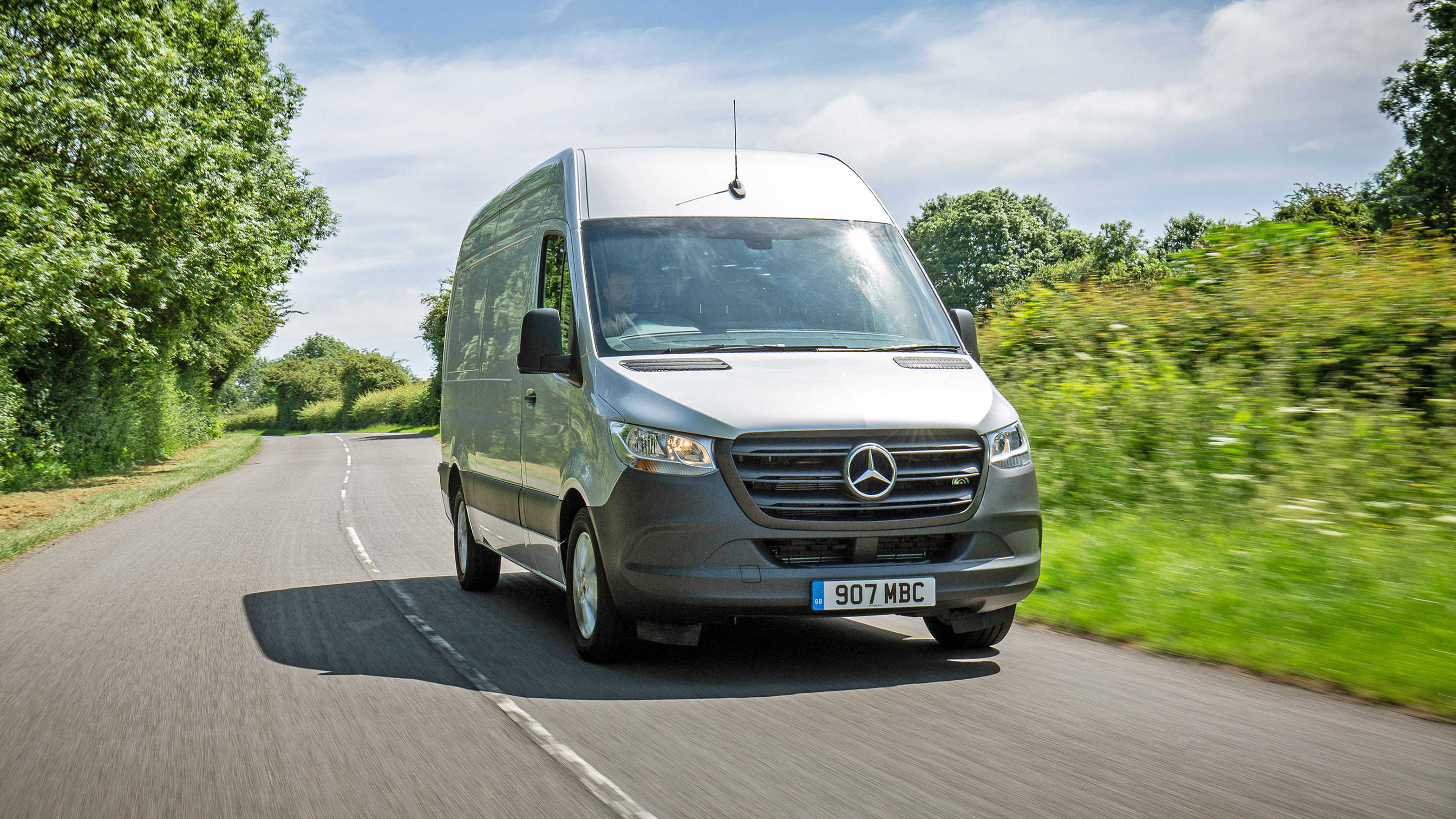The London Ultra-Low Emission Zone (ULEZ) explained
Here are all the details around the London Ultra-Low Emission Zone (or ULEZ). Find out if you’re affected and how to avoid charges

A Low-Emission Zone has existed across Greater London since 2008, but initially charges for entering outer London Boroughs applied only to larger vehicles such as trucks or buses.
In 2019, the rules were changed and the first Ultra-Low Emission Zone (ULEZ) was introduced, with cars and vans that didn’t meet Euro 4 emissions standards for petrol vehicles and Euro 6 for diesel vehicles subject to a £12.50 charge for driving inside London’s Congestion Charge zone, on top of the £15 daily C-charge itself.
In 2021, the Ultra-Low Emission Zone was extended to incorporate all areas inside the boundaries of London’s North and South Circular zones and in August 2023 this was expanded further to cover every single Greater London Borough, covering most of the area inside the M25 motorway.
The result is that drivers of many diesel cars and vans and older petrol cars in Greater London now have to pay a daily charge of £12.50 to drive within the zone.
The Ultra-Low Emission Zone is enforced by both static and mobile cameras, and the charge applies 24 hours per day, seven days per week. In order to avoid the charge, diesel vehicles must meet the latest Euro 6 emissions standards, with petrol vehicles needing to meet at least Euro 4 – an older emissions standard.
Euro 6 has been mandatory for new cars sold since September 2015, but most of the estimated nine million diesel cars on the road before that date will be liable for the charge, along with most pre-September 2016 diesel vans.
ULEZ quick facts
- Zone coverage area increased to whole of Greater London in August 2023
- Imposes a daily £12.50 charge on non-compliant cars driven in zone
- Operates 24 hours per day, seven days per week
- Charges apply to most non-Euro 6 diesel cars
- No discounts for residents
- Payment can be made online or via telephone.
Newer diesel models will be among the ULEZ-exempt cars, while petrol vehicles, which have historically been cleaner, are unlikely to be affected unless they were registered before 2006.
The ULEZ toll is an addition to the Congestion Charge, meaning that a trip to London could cost £27.50, simply in charges, if you have to pay both.
Here, we explain how the London Ultra-Low Emission Zone works, where it operates, how it affects residents, and who is exempt. We’ll also explain how to make sure you don’t need to pay anything.
London’s Ultra-Low Emission Zone map
The London Ultra-Low Emission Zone first operated in the centre of the capital, in the same zone that was used for the Congestion Charge. This runs from Victoria and Hyde Park in the west to Tower Bridge in the east, and from Euston Road in the north to Elephant and Castle in the south.
It expanded to become many times its original size on 25 October 2021, with hundreds of thousands of vehicles driving within the North Circular and South Circular roads potentially being liable for charges.
The latest 2023 extension has seen the Ultra-Low Emission Zone expand to encompass all London Boroughs with the same boundaries as the 2008 Low Emission Zone, including many residential areas, Heathrow Airport and a number of major sporting venues such as Wembley Stadium, Twickenham and the All-England Lawn Tennis Club in Wimbledon.

Other cities, including Birmingham, Bath and Glasgow, have already introduced emissions-based road charging schemes similar to London.
London is also planning a smaller zero-emission zone from 2025, which will be restricted to electric vehicles, as well as hybrids that can drive on battery power alone for a significant distance.
How much is the ULEZ charge?
| Vehicle type | Min. emission standard | ULEZ Charge if below emission standard |
| Motorbikes | Euro 3* (all bikes registered since Jul 2007) | £12.50 |
| Cars & small vans | Petrol Euro 4 (since Jan 2006) Diesel Euro 6 (since Sept 2015) |
£12.50 |
| Vans | Petrol Euro 4 (since Jan 2007) Diesel Euro 6 (since Sept 2016) |
£12.50 |
| Lorries & coaches | Euro VI (since Jan 2014) | £100 |
Central London residents who were already registered for the Congestion Zone discount were also eligible for Ultra-Low Emission Zone discounts. However, this discount was axed when the zone expanded in October 2021, meaning residents must now pay the full price.
Any car that meets or exceeds the emissions standard is exempt from the charge, so drivers of these won’t need to pay to enter the zone. Some types of car, such as classic vehicles that qualify for the historic vehicle tax class, are also exempt, but you need to declare this to Transport for London (TfL) first.
TfL Ultra-Low Emission Zone vehicle check
The emissions rating of your car can normally be found on its V5 registration document. There’s also an online vehicle checker, run by Transport for London (TfL), which is responsible for the zone.
You just need to enter your vehicle’s number plate to see if your car is exempt. Click here to go to the site.
When does the ULEZ operate?
The London Ultra-Low Emission Zone operates 24 hours per day, seven days per week and is run by Transport for London (TfL), the capital’s transport authority.
Can you drive diesel cars in London?
All of Britain’s diesel cars are allowed to be driven in London, but around nine million don’t meet Euro 6 emissions standards. These cars will incur the £12.50 daily Ultra-Low Emission Zone charge if they are driven in the zone.
Is my car affected by the ULEZ charge?
Petrol cars

If your petrol car was registered prior to 2006, then you may be affected by the London Ultra-Low Emission Zone, but it shouldn’t be expensive to find a younger car that does meet the required Euro 4 standard for petrol cars.
Remember that quite a few older petrol cars are still ULEZ exempt – including some from as far back as 2001. To be sure whether a specific petrol car is exempt or not, you can use the TfL ULEZ vehicle check tool.
Diesel cars

Diesel cars must meet much tougher standards than petrol models because they have historically produced higher levels of nitrous oxide, which has become the critical measure for whether or not a car incurs a charge for entering the London Ultra-Low Emission Zone.
Only models that meet the latest Euro 6 emissions limits are exempt. New cars have had to comply since September 2015, meaning most vehicles older than this will be liable for the charge. That said, some cars met the standards as early as 2011. You can check your car’s Euro emissions standard on its V5C registration document, or through TfL here.
Electric cars are completely exempt from the charges to enter the Ultra-Low Emission Zone.
Hybrid cars

Hybrid cars don’t receive special treatment. Diesel versions must meet Euro 6 emissions standards and petrol ones must be Euro 4-compliant, but most are compliant with Ultra-Low Emission Zone requirements.
Electric cars

Electric cars are not subject to any charges for entering the Ultra-Low Emission Zone as they produce no tailpipe emissions.
Vans

Most vans have diesel engines and many are affected by the Ultra-Low Emission Zone charge because Euro 6 standards weren’t introduced until September 2016. You’ll have to go for a fairly recent model to avoid facing charges.
Motorbikes and quadricycles
Motorbikes must meet Euro 3 requirements to enter the Ultra-Low Emission Zone. All bikes made after July 2007 should be compliant.
Buses, lorries and coaches
Buses, coaches and lorries registered after January 2014 and Euro 6 compliant are exempted from charge within the London Ultra-Low Emission Zone.
ULEZ exempt cars

In addition to vehicles that meet modern emission standards, any vehicle that is at least 40 years old and has a historic tax class is exempt. Showman’s vehicles also don’t have to pay the charge. If you have a historic vehicle, then you need to register it as exempt with TfL before you can enter the Ultra-Low Emission Zone without penalty.
Vehicles for disabled people
Blue Badge holders must still pay the Ultra-Low Emission Zone charge unless their vehicle meets ULEZ emission standards or if it’s registered with the DVLA as belonging to a ‘disabled’ or ‘disabled passenger vehicle’ tax class.
If your car is registered in these tax classes, it’s exempt from the Ultra-Low Emission Zone charge until 26 October 2025 unless the vehicle changes tax class before then. The TfL website also states that disabled people over state pension age and whose vehicles do not have the ‘disabled’ or ‘disabled passenger vehicle’ tax classification can apply directly with TfL for the same exemption to drive within the London Ultra-Low Emission Zone.
From 27 October 2025 disabled people will have to pay the Ultra-Low Emission Zone charge if their car fails to meet ULEZ emission standards.
How do you pay the ULEZ charge?
To pay online go to this website, where you can also set up an auto payment account linked to your registration number.
You can also pay by phone by calling TfL on 0343 222 2222.
Is there a penalty for not paying ULEZ?

If you’re spotted driving in the London Ultra-Low Emission Zone by TfL’s camera network and don’t pay within the 48-hour deadline, then you will receive a £160 penalty, which will be halved to £80 if you pay within 14 days.
It doesn’t matter who was driving at the time, the registered owner of the car is liable for the fine. If there has been an error, or your car was stolen, then you will be able to appeal.
